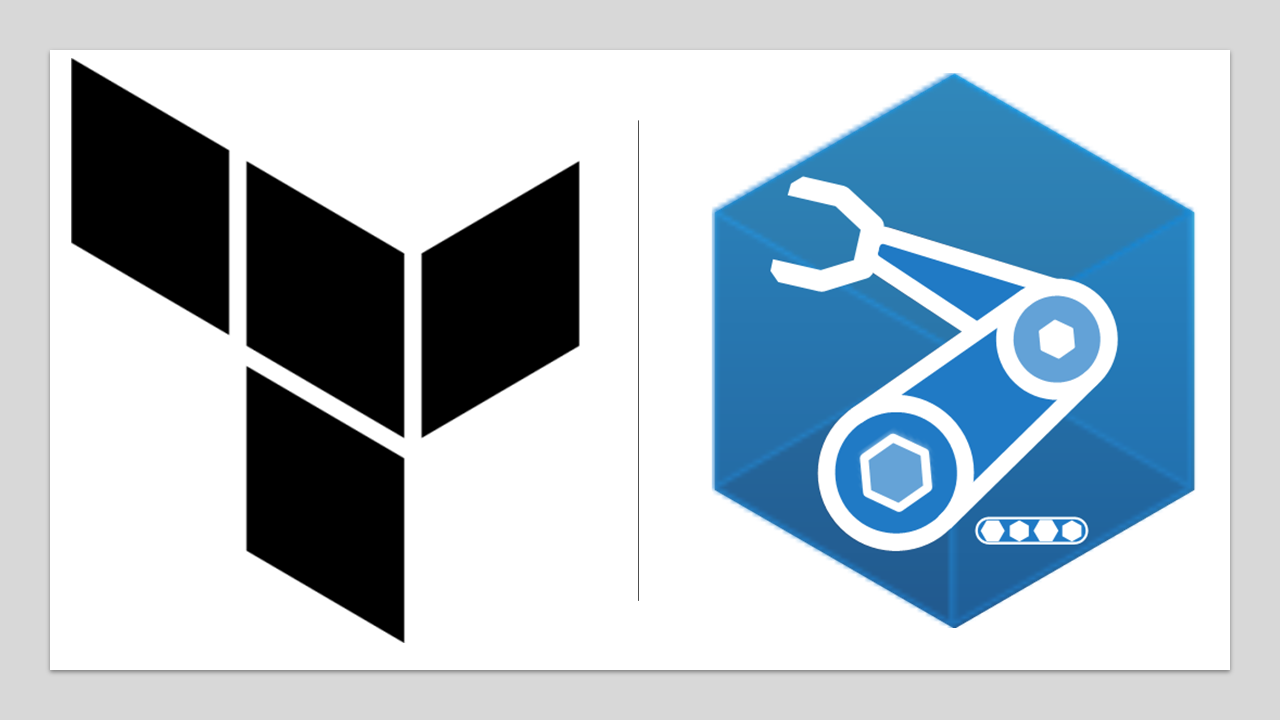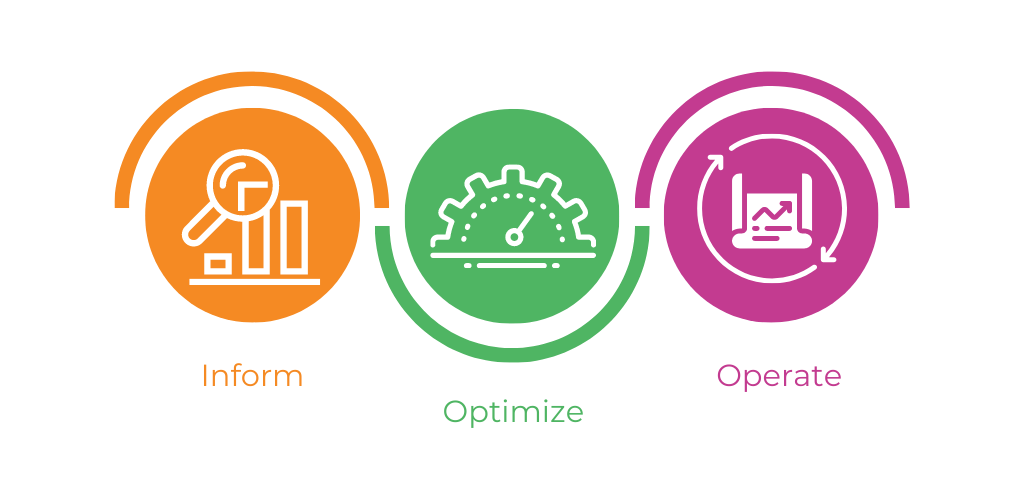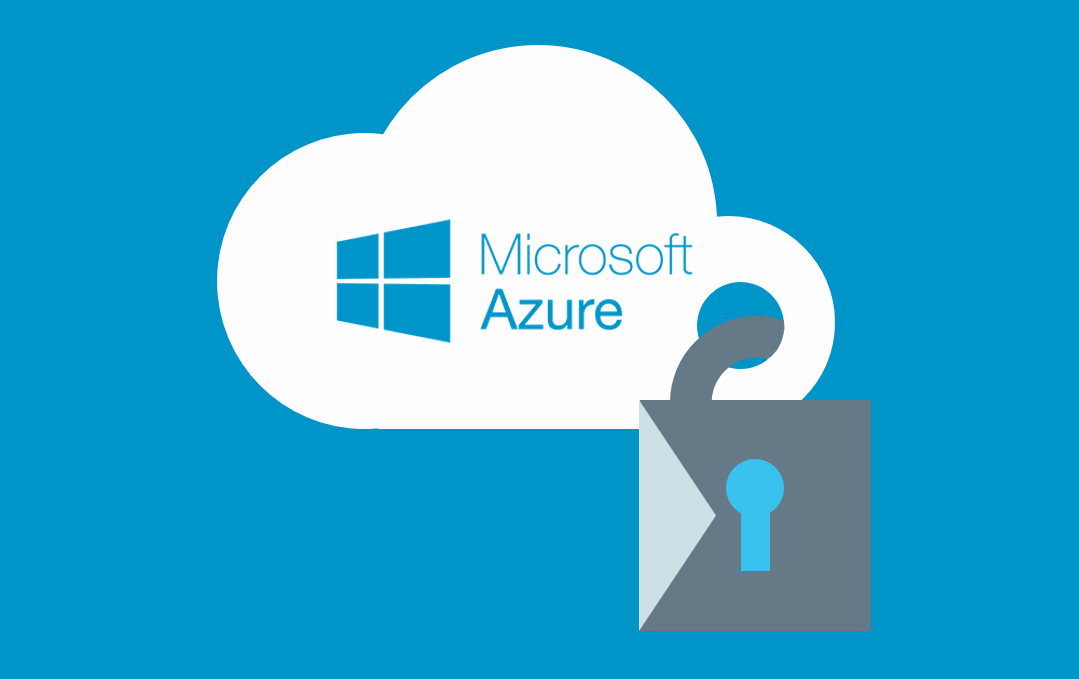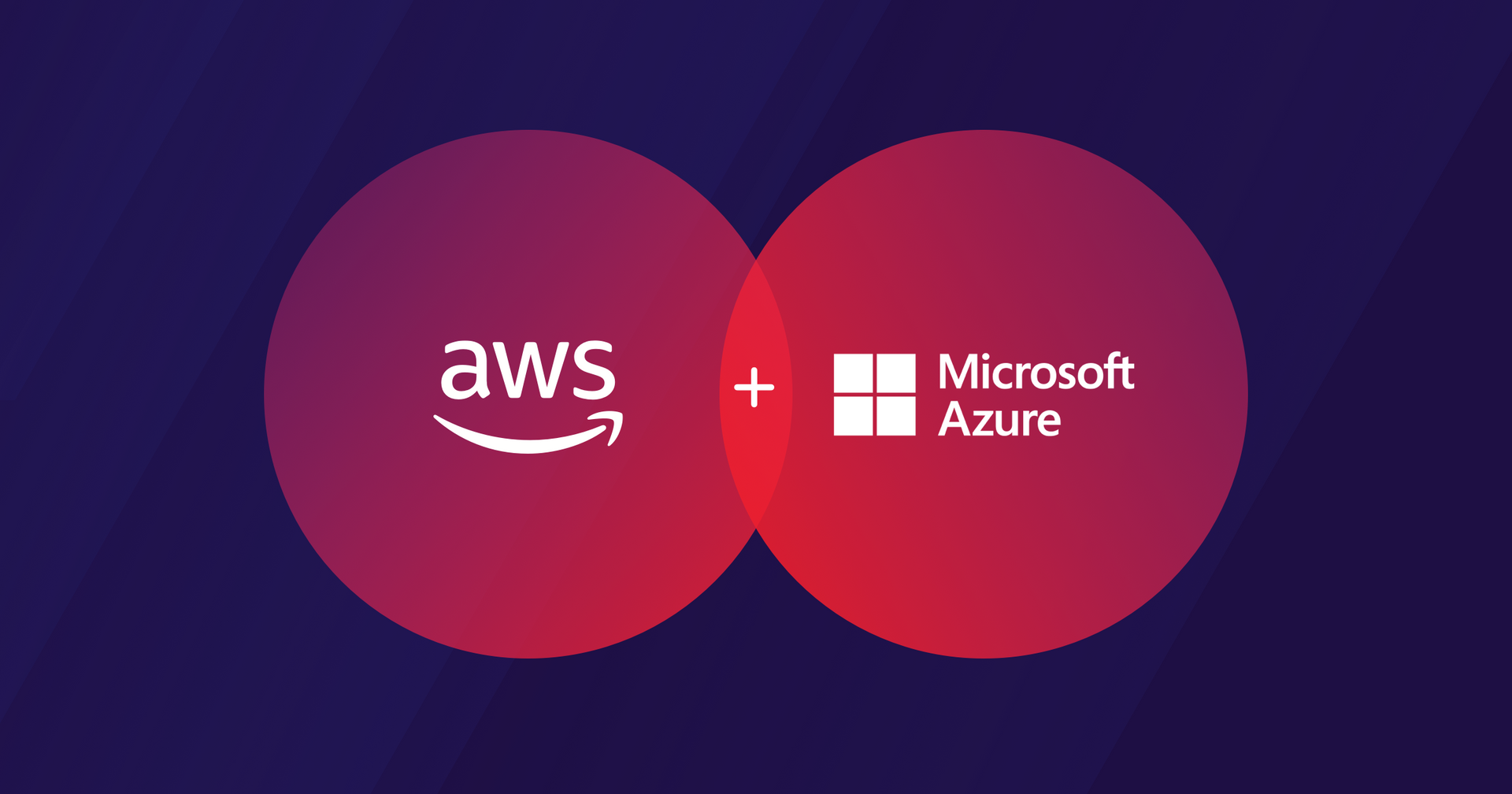Terraform vs Bicep
An In-Depth Comparison

In the rapidly evolving world of cloud infrastructure, Terraform and Bicep have emerged as two of the prominent Infrastructure as Code (IaC) tools. Both offer unique features and capabilities, catering to different needs in cloud infrastructure management. This article provides an in-depth comparison of Terraform and Bicep, outlining their pros and cons to help you make an informed decision.
Introduction to Terraform and Bicep
Terraform, developed by HashiCorp, is an open-source IaC tool that allows users to define and provision cloud infrastructure using a high-level configuration language. It supports multiple cloud providers like AWS, Azure, and Google Cloud Platform, making it a versatile choice for multi-cloud environments.
Bicep, on the other hand, is a domain-specific language (DSL) for deploying Azure resources. It acts as an abstraction over Azure Resource Manager (ARM) templates, aiming to simplify the authoring experience and reduce complexity.
Pros and Cons of Terraform
Pros:
- Multi-Cloud Support: Terraform’s biggest advantage is its ability to manage resources across various cloud providers. This is crucial for organizations adopting a multi-cloud strategy.
- Strong Community and Ecosystem: Being open-source and widely used, Terraform has a robust community, providing a plethora of modules and plugins.
- State Management: Terraform maintains a state file, enabling it to track resource changes over time. This feature is vital for complex deployments.
- Mature Tooling: With years in development, Terraform offers mature tooling and documentation, making it a reliable choice.
Cons:
- Complexity in Large Deployments: Managing state files and configurations can become complex in large-scale deployments.
- Learning Curve: Terraform’s syntax and concepts, such as state management, might require a steep learning curve for new users.
Pros and Cons of Bicep
Pros:
- Integration with Azure: As a DSL for Azure, Bicep is seamlessly integrated with Azure services, offering a more straightforward approach for those exclusively using Azure.
- Simpler Syntax: Bicep aims to reduce complexity with a cleaner and more understandable syntax compared to ARM templates.
- Transparent Abstraction Over ARM: Bicep is transpiled into standard ARM templates, ensuring compatibility and consistency.
- Growing Support: Though newer, Bicep is rapidly evolving, with increasing support from Microsoft and the community.
Cons:
1. Limited to Azure: Bicep’s biggest limitation is its exclusive focus on Azure, making it unsuitable for multi-cloud deployments.
2. Relative Immaturity: Being newer, Bicep lacks some features and tooling that more established tools like Terraform offer.
3. Community and Ecosystem: Compared to Terraform, Bicep’s community is smaller, though it’s growing.
Comparative Analysis
- Flexibility and Scope: Terraform’s support for multiple cloud providers offers greater flexibility and scope, making it ideal for diverse cloud environments. Bicep is focused solely on Azure, which, while limiting in scope, provides a more integrated experience for Azure users.
- Ease of Use: Bicep’s syntax is generally considered more accessible than Terraform's, especially for those familiar with Azure. Terraform's language, while powerful, might be more daunting for beginners.
- Community and Resources: Terraform benefits from a larger, more established community and a wealth of third-party resources. Bicep, though growing, is still catching up in this regard.
- State Management: Terraform’s state management is a significant feature, particularly for tracking and managing changes in complex deployments. Bicep relies on ARM’s deployment history, which may not be as robust for certain scenarios.
Conclusion
Choosing between Terraform and Bicep largely depends on your specific needs and environment. If you are working in a multi-cloud context or need a tool with a broad ecosystem and mature features, Terraform is the go-to choice. On the other hand, if your work is centered around Azure and you prefer a tool that is more tightly integrated with Azure services, Bicep is an excellent option.
Both Terraform and Bicep are evolving, and their capabilities and ecosystems are continually expanding. The best choice may also involve using both in different aspects of your infrastructure, leveraging their strengths to suit different requirements. As the cloud infrastructure landscape continues to grow, the flexibility to adapt and choose the right tool for the right job remains a key factor in successful cloud management.










